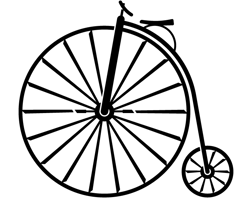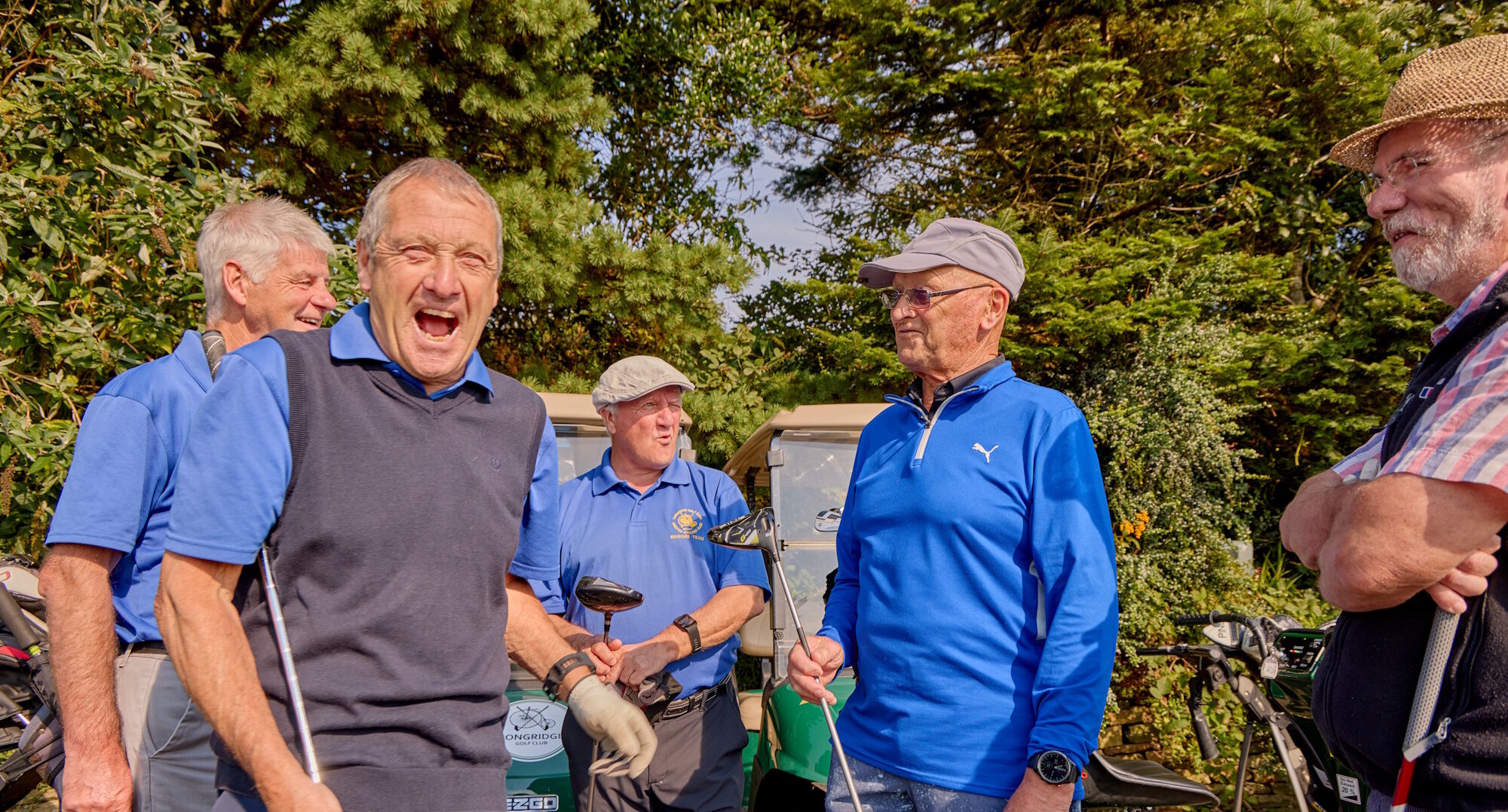Part 2 - A Home of Their Own
For 15 years the club had limped along with a small membership of cycling devotees content to enjoy the fresh air and comrade-ship they found on their runs held every Wednesday evening and Saturday afternoon. But in 1892 the whole direction of the club changed; after this year, it was never again strictly a cycling club, but it assured its future as a prosperous country club, from which the present Longridge Golf Club is the ultimate development.
In 1890 a sub-committee had been set up to look into the social development of the club, and two years later, with a the membership standing at around 30, they took the plunge by renting a rambling country house known as Broad Fall, at Scorton.
Gradually, the organised cycling runs became less and less frequent. The members were content to ride out to Scorton, and there remain for the weekend enjoying one another’s fellowship. There was much work to be done at Broad Fall to make it a comfortable country retreat for these amiable Victorians- and they did it all themselves. The members represented all walks of life, from joiners to architects and engineers, and all seemed prepared to work tirelessly for the eventual good of the whole.
They carried out extensive alterations to the building, but one of their greatest triumphs must have been the building and installation of an acetylene gas plant, giving them a proper lighting system for the first time. The records do not show whose sense of humour suggested that it should be lit for the first time on Guy Fawkes Night 1908, but 20 years later, the plant was still going strong having been transferred to Fell Barn, Longridge.
Scorton was the original country club, and if it lacked the chromium plate and deep pile carpets of modern versions, perhaps the members derived more true pleasure from it. During the summer, there was swimming in a pool in the river, and according to the seasons, cricket, tennis and football against other clubs.
But of the greatest significance, in view of its future history, was the laying out of a nine-hole golf course on the land around Broad Fall.
Within a year of moving into the house, the membership had doubled, and before long it had been restricted. Many members spent entire weekends at Broad Fall, even took their summer holidays there, and were happy with the outdoor life and the camaraderie of their fellows.
Many were the characters that revelled in the atmosphere of the place during these spacious days. Dick Jolly (Fig.1- Bottom left), who eventually emigrated to Australia, was the house steward and managed Scorton for several years, giving valuable guidance on the interior rebuilding of the old house. Then there were such people as Alf Clemesha, who refused to let his leg interfere with his tennis; Fred Martin, who learned his golf at Scorton and eventually became a scratch player; Will Ord (Fig.1- Bottom right), who became president in 1893 and who still held the reins of office when he died in 1924; Jack Swan, who weighed 30 stone and had to have a specially built bed at Scorton; Harry Heaton, of whom an early chronicler of the club wrote “he was 40 years a member, a capital raconteur, who could make friends at once if you were a Churchman, a good Tory, took a drop of drink, and came from Wigan.”
And so for 19 years this idyllic existence continued, but in the blazing August of 1911, all the hard work and loving care of so many members was destroyed in the space of a few minutes. The tinder dry thatched roof of Broad Fall caught fire, and the house was burned to the ground.
Early the following year, the club moved its headquarters to another rented house, Inglewhite Lodge, but in the Autumn of 1915, the members were told that their new home was no longer available, and so the search was on again- but with the club’s finances now in a happy state, the committee were determined to buy, rather than rent and so they came to Longridge Fell.























